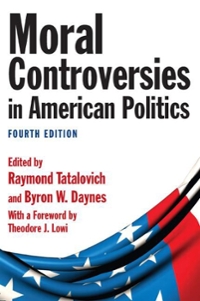I promise to upvote your answer. Just help me please. Thank you!
Consider the following investment decision. The firm's future output is given by Y' = = (K)04 (N)0.6 where: Y' is future output; K" is future capital; N' = 1977.9 is future labor, measured in hours per year; and 2' = 0.08 is future total factor productivity. Capital evolves according to K = (1 - d) K + I. where: K = 296 is current capital; d = 0.07 is the depreciation rate and / denotes investment. The firm chooses future capital to maximize II = 2' (K)04 (N') 06 + ( 1 - d) K' - K' - (1 -d) K], where r = 0.03 is the real interest rate. (a) Show that the optimal value of K" is 296.112, by verifying the optimality condition MPk = r+d = uc. If desired future capital is 296.112, what is desired investment? (b) Show that the optimal value of K" is 296.112 by completing the following table: Y' = I = K ' (K) (N)0.6 (1 - d) K' K' - (1 - d) K II 291.000 296.112 300.000 (c) Suppose that current capital, K, increases from 296 to 308. What is desired investment now? (d) Suppose that =' increases to 0.082, while K is back at its original value of 296. Show that the optimal value of K" is 308.553, by verifying the optimality condition MP. = uc. If desired future capital is 308.553, what is desired investment? (e) Suppose that 2' increases to 0.082, while K, increases from 296 to 308. What is desired investment now? (f) On a single graph, show how the changes you considered in parts (c), (d) and (e) shift the desired investment schedule.7. (5 points) Suppose that the government reduces current lumpsum taxes, but does not change current or future government purchases. Using the real intertemporal model 2 we developed in class, show how these changes would affect output, employment, real wages and the real interest rate. What happens to consumption and investment? (Hint: Graphs are unnecessary if you can provide a brief but compelling economic argument.) 8. (15 points) In questions 1(c) of Exam 1, you investigated the effects of imposing a proportional labour income tax, rather than lumpsum taxes. Suppose that this new scal regime is permanent, i.e., the government makes purchases and collects labour income taxes in all periods. Using the real intertemporal model we developed in class, show graphically how these changes would affect output, employment, real wages, and the real interest rate. (Hint: You should review question 1(c) of Exam 1 to determine how the labour market changes, and you should then determine how desired output demand changes.) 5. (20 points) Let's compare the Canadian economy in 2010 to the current economy. The two major changes between 2010 and 2020 are: (1) total factor productivity has permanently increased (2 and 2.\" both increase); and (2) the capital stock, K, has increased. (a) (15 points) Using the real intertemporal model we developed in class, show graph ically how these changes have affected output, employment, real wages and the real interest rate. What happens to consumption? Based on your answer to question 4(e), what happens to investment? (b) (5 points) Show that it is possible that the real interest rate remains unchanged. Look briey at gure 1.10 (page 19) in the Williamson book between 2010 and 2020. According to this chart, is it realistic for real interest rates in a growing economy to show no longterm trend? 6. (10 points) Suppose that the price of oil temporarily increases. (a) (1 point) Will this cause current total factor productivity, z, to increase or de- crease? (b) (9 points) Using the real intertemporal model we developed in class, show graph ically how the oil price change would affect output, employment, real wages and the real interest rate. What happens to consumption and investment









